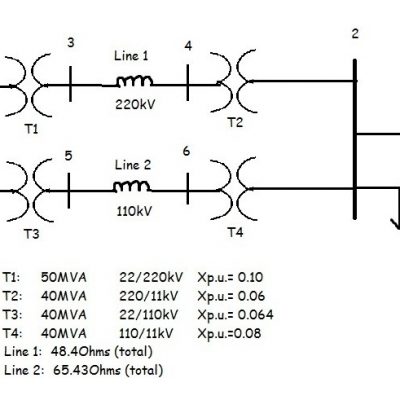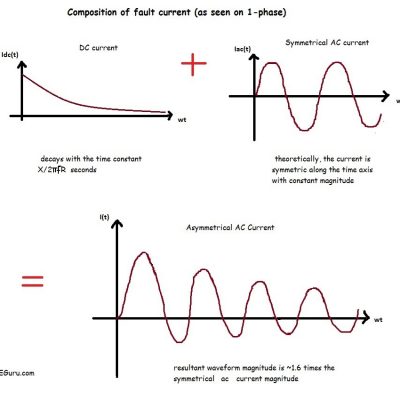Per Unit System: Problem Solved For Easy Understanding (continued)
In this post, we calculate the full load current drawn by the load. See linked post to view how the per unit impedances were calculated.
Per Unit System: Problem Solved For Easy Understanding (continued) Read More »





